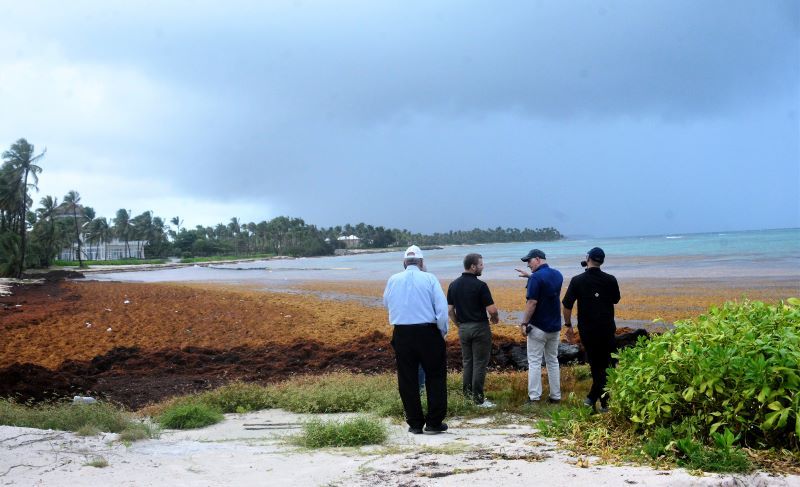A Traveler's Guide to Dominican Republic's Seaweed Conditions
Discover the ins and outs of Dominican Republic seaweed, Sargassum! From its origins to its impact on beaches, get insider tips and a forecast for your trip. Dive into this informative guide for a seaweed-savvy adventure in paradise!

Ah, the Dominican Republic! Land of pristine beaches, crystal-clear waters, and endless Caribbean charm. But every paradise has its quirks, and in recent years, an uninvited guest has been making its presence known along the shores: seaweed. Yes, we're talking about the notorious Sargassum.
Fear not, adventurous travelers! In this comprehensive guide, we'll spill the beans on all things Sargassum-related, including its mysterious origins, impact on the Dominican Republic, and even an exclusive forecast to help you plan your beach escapades accordingly. So grab your snorkels and let's dive right in!




